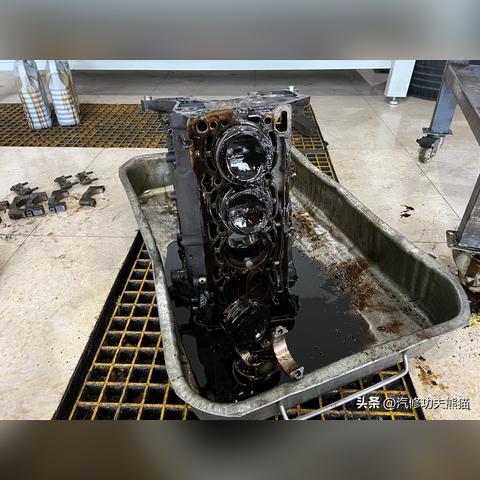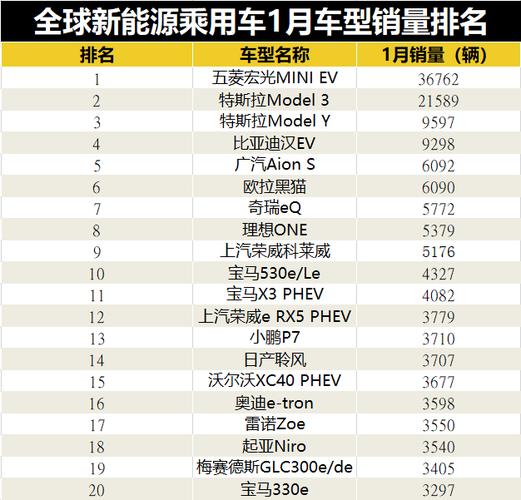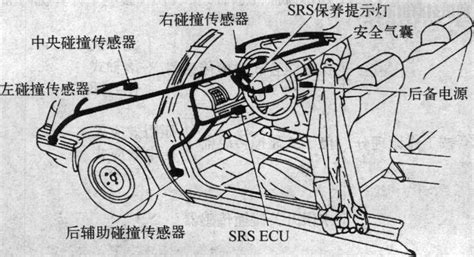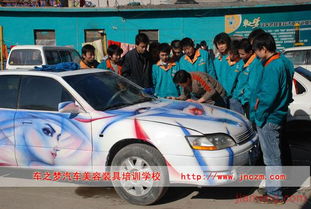wish汽车
Title: Understanding WILL technology in the automotive industry
WILL (Wireless Intercar Communication Layer) technology is an innovative communication system that is changing the automotive industry. It is a wireless communication protocol that enables vehicles to communicate with each other and with roadside infrastructure. This technology has the potential to improve road safety, reduce congestion, and increase fuel efficiency. In this article, we will look at some of the applications of WILL technology and its impact in the automotive industry.
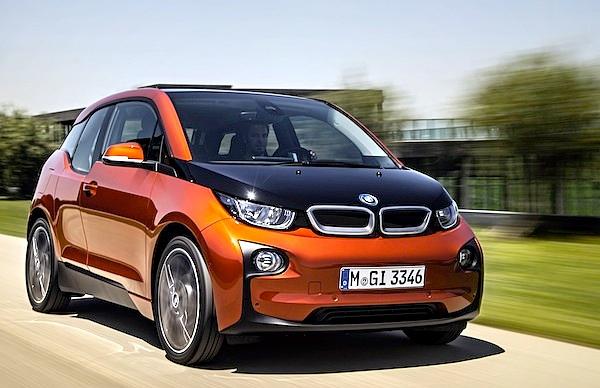
WILL technology operates in the 5.9 GHz frequency band and uses Dedicated ShortRange Communication (DSRC) to establish communication between vehicles. It allows vehicles to exchange information such as vehicle position, speed, and direction of travel in realtime. This information can be processed by onboard systems to alert drivers about potential dangers and provide guidance to avoid accidents. For example, if a car ahead suddenly brakes, the system can alert the following car to slow down or stop in time.
One of the main advantages of WILL technology is its ability to detect potential hazards beyond the driver's line of sight. This is achieved through what is known as VehicletoInfrastructure (V2I) communication. This means that vehicles can communicate with roadside infrastructure such as traffic lights, stop signs, and pedestrian crossings. The system can warn drivers of potential hazards such as a pedestrian crossing the road or a vehicle running a red light.
In addition, WILL technology allows for VehicletoVehicle (V2V) communication. This enables vehicles to share information such as speed, location, and direction with nearby vehicles. It also enables vehicles to coordinate with each other, which can reduce congestion and improve traffic flow. For example, if a group of cars are approaching a busy intersection, the system can instruct them to slow down or speed up to avoid congestion.
WILL technology also has the potential to increase fuel efficiency by reducing idling time and optimizing route planning. The system can provide realtime traffic information and suggest alternative routes to avoid traffic congestion. It can also alert drivers about upcoming red lights or congestion ahead so that they can reduce their speed or slow down in advance.
In summary, WILL technology is an innovative communication protocol that enables vehicles to communicate with each other and with roadside infrastructure. It has the potential to improve road safety, reduce congestion, and increase fuel efficiency. However, to realize these benefits, there must be widespread adoption of the technology by the automotive industry. This requires collaboration between automakers, infrastructure providers, and policymakers to develop standards and regulations that govern the use of the technology.
As a consumer, it is important to understand the benefits of WILL technology when purchasing a car. Look for cars that are equipped with WILL technology and ask your dealer about its applications. As a driver, ensure that you understand how the system works and how to respond to alerts and warnings. By working together, we can harness the benefits of this technology and create safer, more efficient roads for everyone.








